CHANTE RELLES
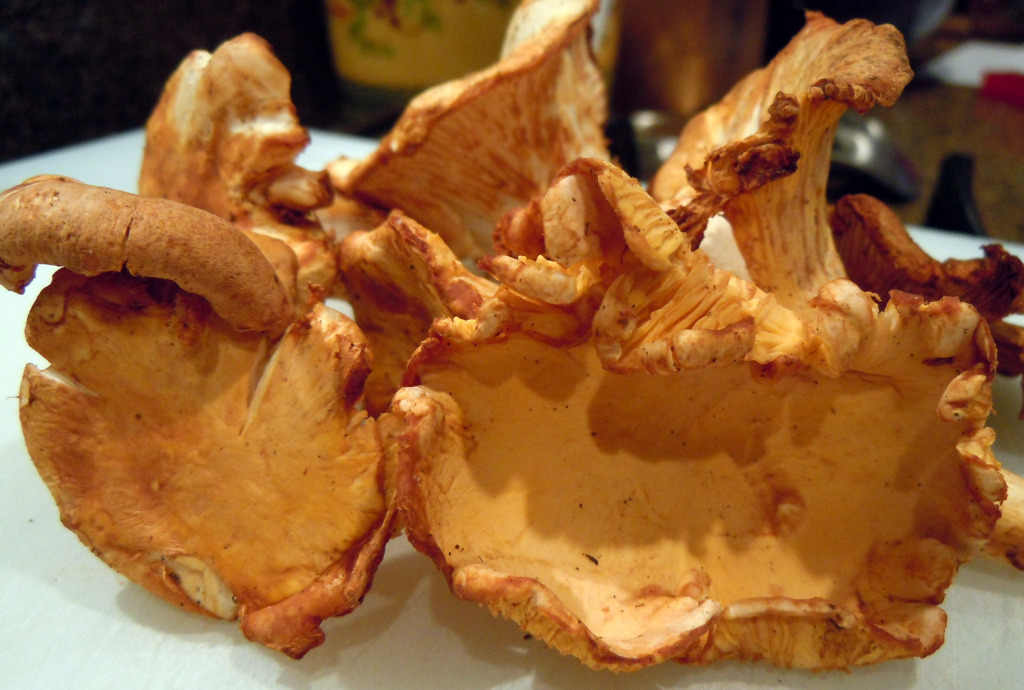
Cantharellus cibarius, regularly known as the chanterelle, golden chanterelle or girolle, is a parasite.
It is most likely the best known types of the sort Cantharellus, if not the whole group of Cantharellaceae. It is orange or yellow, substantial and pipe molded. On the lower surface, underneath the smooth top, it has gill-like edges that run the distance down its stipe, which decreases down consistently from the top.
It transmits a fruity smell, reminiscent of apricots and a somewhat peppery taste (consequently its German name, Pfifferling) and is viewed as a superb eatable mushroom.
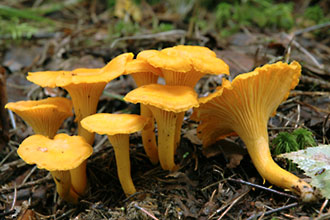
This enjoyably sweet-smelling plump wild mushroom sparkles like a colorful golden blossom when seen from a separation against the dreary harvest time woods foundation.
Otherwise called "golden chanterelle" and "egg mushroom," it has a supernatural offer for most culinary specialists in Europe, United States, and Asia. Be that as it may, all chanterelles are not alike. European and Asian structures are as a rule about the extent of a thumb.
In the eastern United States they are the span of a clench hand. Be that as it may, ah, in the west they can be as substantial as two hand compasses - from little finger to little finger. Chanterelles weighing as much as two pounds are not phenomenal.
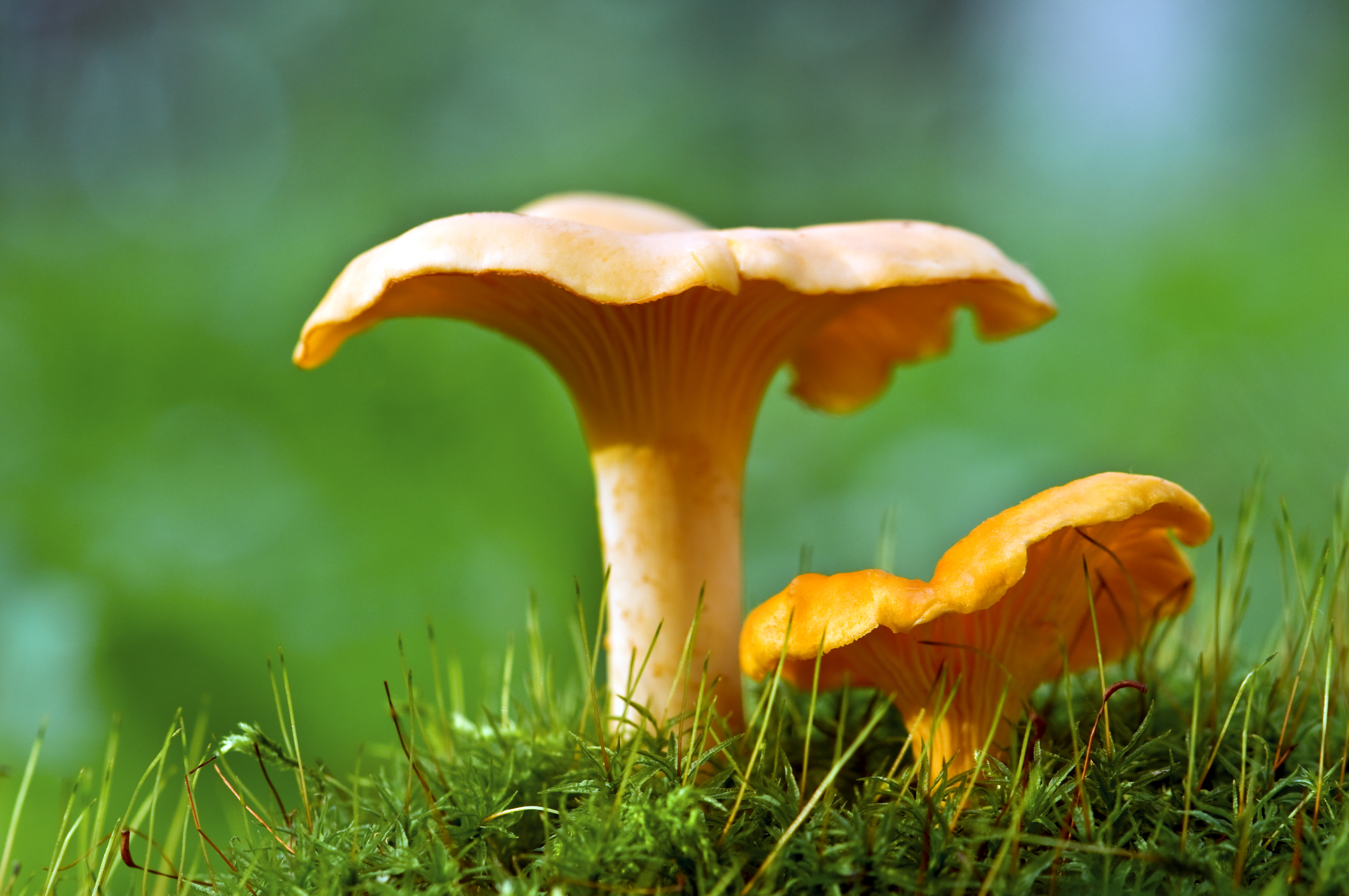
Europeans and easterners assert that their assortments are more delectable
delectable than those from the West Coast and propose that flavor is more vital than thumb size. It has been a compensating background to attempt to determine this contention.
The peruser might cheerfully explore different avenues regarding such flavorful experiences as are proposed in this book to find reality.
appear to be extremely valuable
Chante relles
They are golden looking, golden tasting, and golden estimated. The top is meaty, with wavy, adjusted top edges decreasing descending to meet the stem.
The gills are not the typical thin straight boards swinging from the lower surface of the top, as we find in the basic store mushroom.
Facts PART I
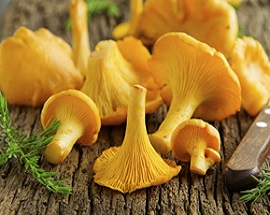
the edges are adjusted...
Rather, the edges are adjusted obtuse, shallow, and generally divided. At the edge of the top they are forked and interconnected.
The chanterelle's smell is differently depicted as apricot-or peachlike. It is unmistakably diverse and identifiable.
different Chanterelles' names
The Chanterelle is discovered and appreciated by individuals everywhere throughout the world. It has numerous names, pfifferling, girolle, gallinacci,however luckily, in this nation, it passes by the name chanterelle or incidentally by golden chanterelle.
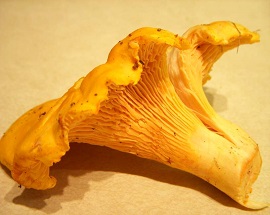
It is genuinely normal and simple to spot and develops in extraordinary bounty a few years.Late atomic confirmation uncovers that Cantharellus cibarius is an European animal groups.
Chanterelles are a complex of firmly related eatable species that will in the long run be alloted new species names. Morphological (physical) among these species contrasts are extremely unobtrusive. Chanterelles are exceptionally excellent and have incredible taste and fragrance also extraordinary eye offer on a plate. Chanterelles are positively one of my top choices.
Facts PART II
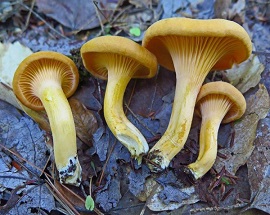
Ethnic/Cultural Info
The name Chanterelle originates from the Greek word "kantharos," for vase.
In Russia, Chanterelles are called "lisichki", or 'little fox'. They are exceedingly prized in Germany, where more than 2,000 tons of the mushrooms called "pfifferlinge" are gotten in barrels of salt water.
The British Columbia Thompson First Nation individuals called the golden Chanterelle mushrooms "little fish gills" and they were regularly eaten close by salmon or dried and utilized later as a part of soups and stews.
In 1999, the Pacific Golden Chanterelle (C. formosus) was named the state mushroom of Oregon.
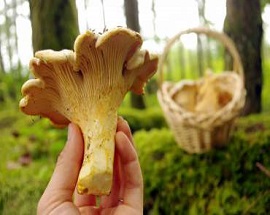
Current Facts
Cantharellus cibarius, ordinarily known as the Chanterelle or Golden Chanterelle, is delegated a parasite. Chanterelles don't separate in their cooperative "plant connections".
Their mycelial strings can be discovered interwoven with the bases of hardwood trees, conifers, bushes and shrubberies. They particularly blossom with old, profound, leaf "litter".